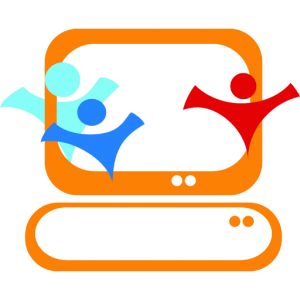What is Web Accessibility
“Web accessibility refers to the inclusive practice of removing barriers that prevent interaction with, or access to websites, by people with disabilities.", says Wikipedia. In the field of websites and web applications, there is a standard issued by W3C, named WCAG 2.0, which defines what is meant by accessible content.
The Stanca Law governs how content is accessible in accordance with the standard WCAG 2.0, and therefore also according to the Italian law. The vast majority of international regulations follow the same philosophy.
What the Stanca Law Says

The law contains the following definitions:
- "accessibility”: the ability of computer systems, in the forms and within the limits allowed by the technological knowledge, to deliver services and provide accessible information, without discrimination, even to those users who require assistive technologies or particular configurations because they are affected by disabilities;
- “assistive technologies”: the tools and the technical solutions, both hardware and software, which allow a disabled person to access information and services provided by computer systems, by overcoming or reducing the disadvantages of the disabled person.
And it is addressed to:
- Public administration
- Public economic bodies
- Private companies providing public services
- Public assistance and rehabilitation institutions
- Transport and telecommunication companies whose equity is mainly state-held
- Regional municipal companies
- Contractor companies of IT services
Why it is Important to Create Accessible Websites
Using the web is a socially pervasive phenomenon; it is therefore necessary to create mechanisms to allow all users to access the Internet, including those with disabilities. Web users who need accessible content are on the increase, due to the increase in their age: the digital natives of today will be the digital elderly tomorrow; it is obvious, therefore, that the economic impact of the usability of websites according to the principles of accessibility is growing day by day.
Rino Razzi, President of Archimede Informatica, has been dealing with accessibility since 2004, when the Stanca Law was established.
By using the TYPO3 CMS, Mr Razzi has created several portals that meet both the requirements of law both the WCAG 2.0 standards.
Since October 2014, Archimede Informatica has been collaborating with the HIIS Laboratory (The Human-Computer Interaction Group) of the CNR (National Research Centre) in Pisa in the experimentation and use of automatic systems for the assessment of accessibility during the production, testing and maintenance of websites.

The experience of these years has led us to recognize the critical importance of accessibility in the design of web technology. For this reason, Ivano Luberti and Abramo Tesoro, together with other experts in the field, have formed an international team that is working to make TYPO3 the first CMS with tools for content accessibility directly integrated into the CORE.
At T3CON Italy 2016, Abramo Tesoro illustrated the various aspects of web accessibility and explained the work carried out so far by the Accessibility Team of Typo3 and what still needs to be done.
Watch the slides of the presentation. (only italian version)